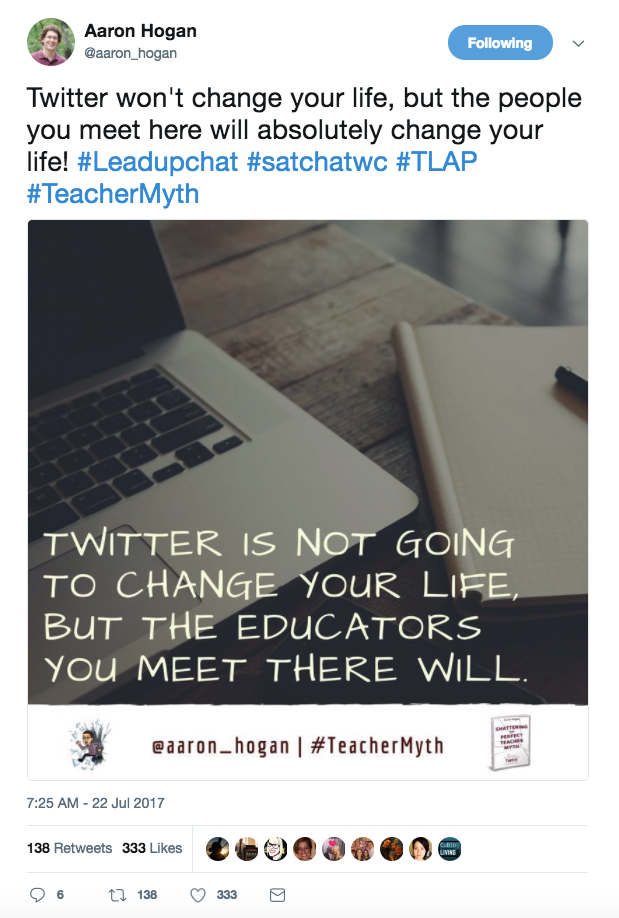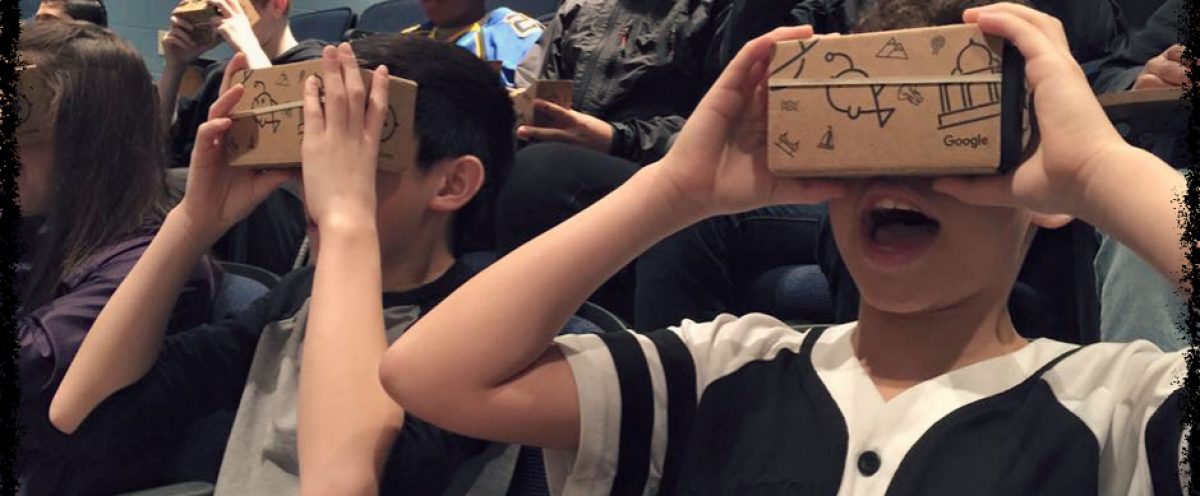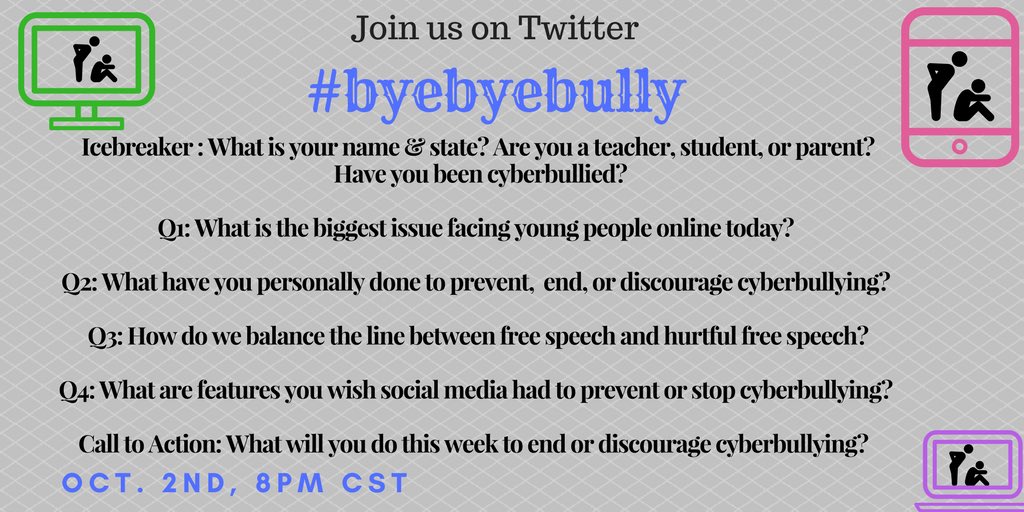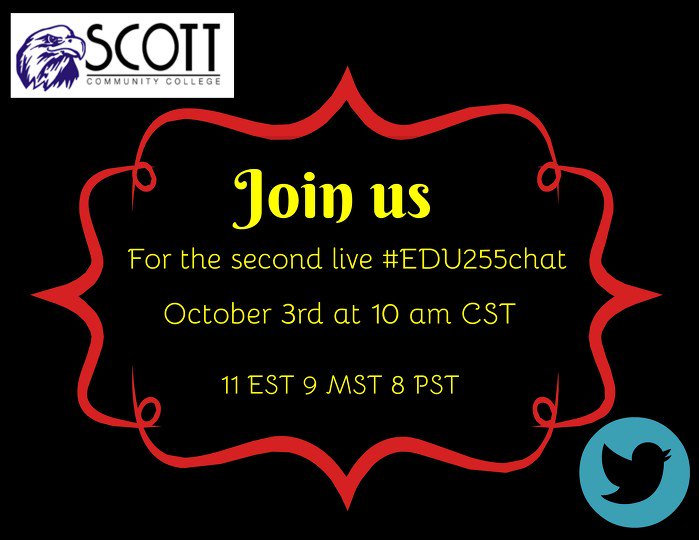From my earliest days of teaching, I liked to capture quotes on my chalkboard. Yes. Chalkboard. At some point the chalkboard gave way to a whiteboard. And the capturing of quotes continued. Usually the quotes were great things that kids said in class. One of my favorites, that I bet most kids in one particular class will always remember, was when a kid answering a question I posed, said, “Cuzitwoowoo.” He was so excited to share his thoughts…his brain, tongue, and mouth couldn’t get on the same page. So into the world and all of our memories came the gem, ‘Cuzitwoowoo.”
I don’t believe we were able to return order to the class for a solid 10 minutes. We couldn’t stop laughing. And the kid that uttered the memorable phrase loved it more than anyone.
And onto the whiteboard went Cuzitwoowoo.
Other times, certain phrases from reading or learning stood out. And they went onto the whiteboard.
Teaching gave way to building administration gave way to district administration. And in each place, I continued to capture ideas on the board.
Walking into my office this morning, I glanced at the words upon which I’ve been ruminating lately. And I saw a connecting thread. Here are the words:

The latest words come from Intentional Interruption: Breaking Down Learning Barriers to Transform Professional Practice by Steven Katz and Lisa Ain Dack. Their definition of professional learning, or actually learning, is precise. “Professional learning results in a permanent change in thinking or behavior.” That is a pretty high bar to call something learning. I really like it though.
So looking at those words, I thought about the history of how they came to be on my whiteboard. And it goes back to using Twitter as a professional learning tool. I saw a retweet on twitter this morning in fact, from Aaron Hogan.

And Aaron is correct. Through twitter, I have found and learned from so many amazing educators. Jenni Donohoo is one, for example. She shared some of her favorite books. The Katz/Dack book was one. And man, did it hit home. We had been searching for a resource to help us do a better job with adult learners. And bingo….this book will help us. We are literally living their learning process. We are going to try to put focus, collaborative inquiry, and instructional leadership on adult learning.
The educators I have found on twitter have permanently changed my thinking and behavior. I have learned. And want to continue to learn.
The other two quotes are guideposts. “Nothing is going to change if nothing changes”, from the amazing David Geurin. If you haven’t read Future Driven, stop what you’re doing right now and go read it.
And, “What you do stands over you all the while and thunders so loudly that we cannot hear what you say,” is just such a stunning reminder that actions speak louder than words, that I wanted a daily reminder.
Permanent change in thinking and behavior.
Check.




